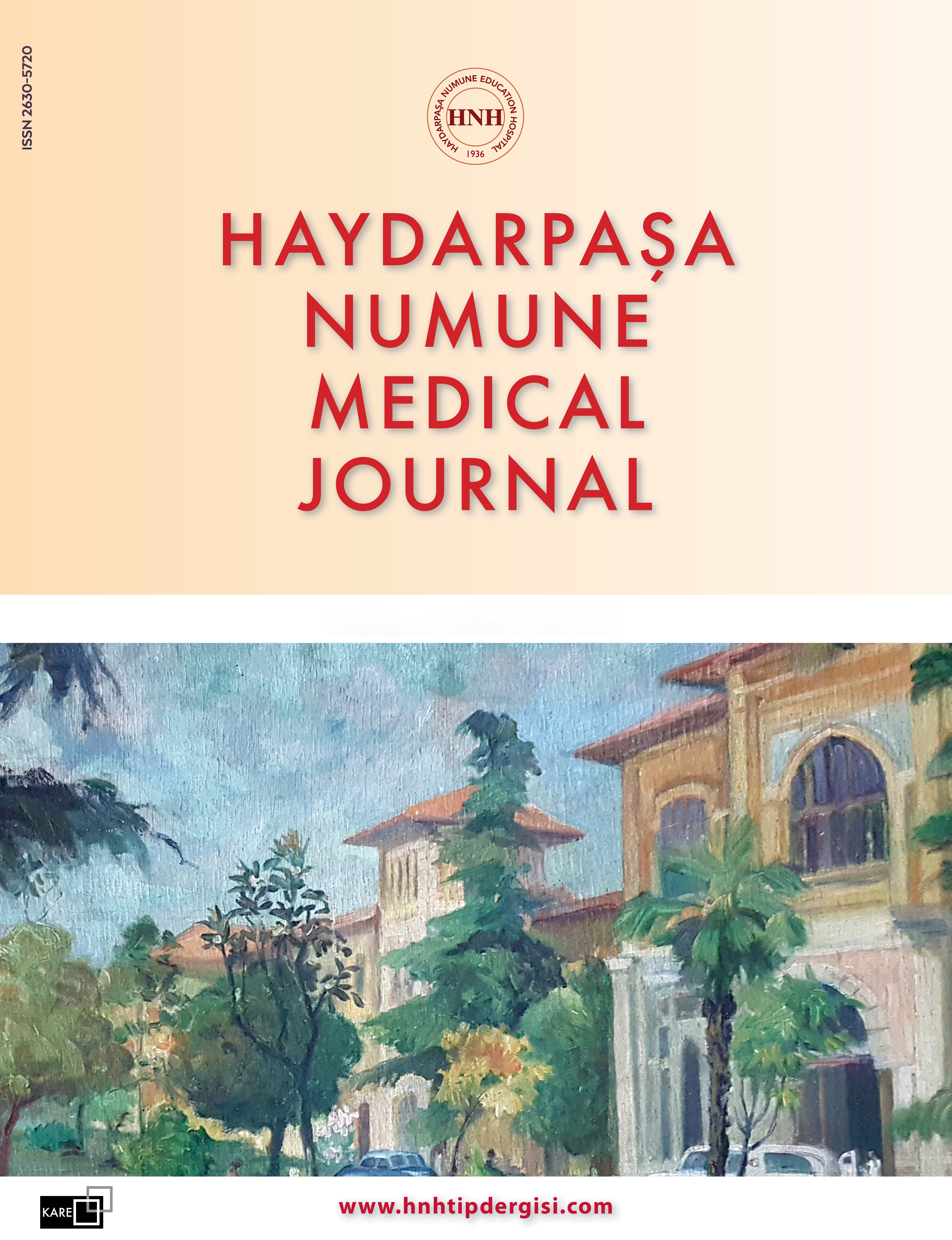Frequency of Sacroiliac Joint Dysfunction (SIJD) in Patients with Failed Back Surgery Syndrome (FBSS), and Affecting Demographic and Surgical Factors
Hatun Deniz Aytaç1, Duygu Geler Külcü2, Nilgün Mesci21Department of Physical Therapy and Rehabilitation, Başakşehir Çam and Sakura City Hospital, Istanbul, Türkiye2Department of Physical Therapy and Rehabilitation, Health Sciences University, Haydarpaşa Numune Training and Research Hospital, Istanbul, Türkiye
INTRODUCTION: We aimed to investigate the frequency of sacroiliac joint dysfunction (SIJD) in patients who have undergone failed back surgery syndrome (FBSS) and surgical factors and the demographical data of the patients with or without SIJD.
METHODS: In our cross-sectional study, 50 patients between the ages of 18 and 75 who have undergone to FBSS were included in the study. Patients with the positive results in at least three of the specific SIJD tests and the positive result in diagnostic injection test were diagnosed as SIJD. The frequency of SIJD was determined in patients with FBSS. The demographical data, clinical features, and surgical factors were compared in groups with or without SIJD.
RESULTS: We found the frequency of SIJD is %30 in patients with FBSS. There was no difference that was found in demographic data and the characteristics of the patient groups (p>0.05).
DISCUSSION AND CONCLUSION: FBSS is a very important cause of disability that negatively affects the patient socially and psychologically. Therefore, it is very important to manage the treatment correctly. Patients should be evaluated in all respects and the pain should not be attributed only to surgical factors. Hip examination and the existence of SIJD should be evaluated all the times.
Makale Dili: İngilizce
















